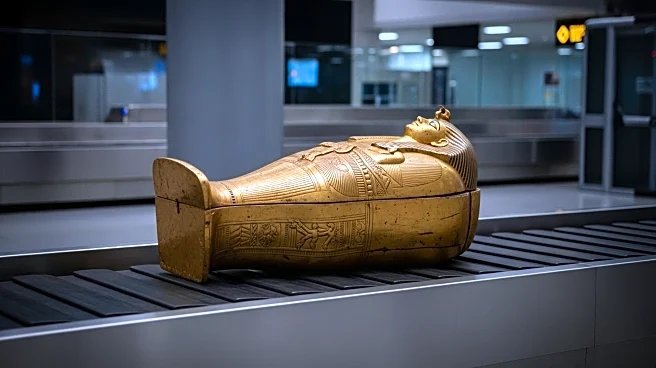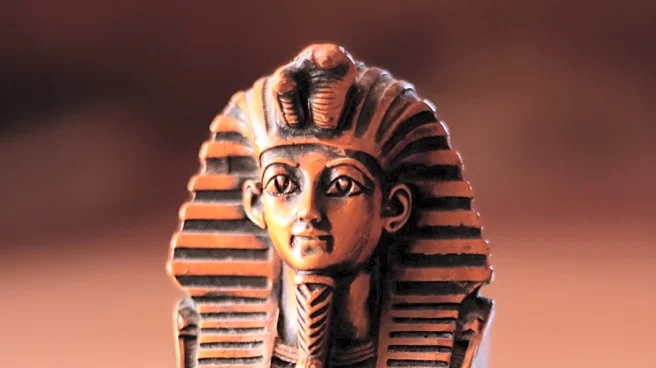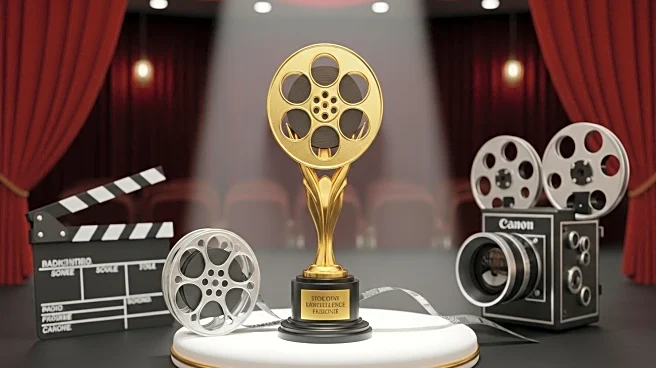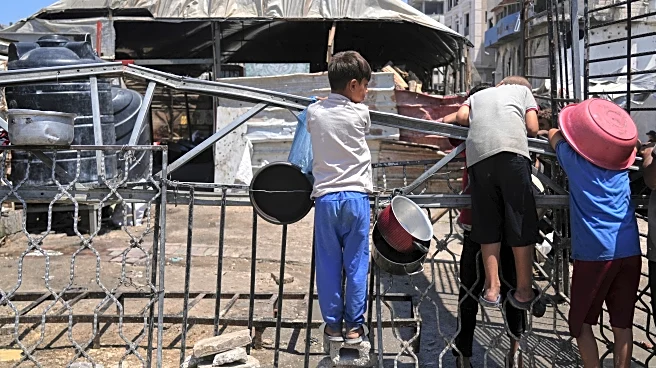What is the story about?
What's Happening?
Ashraf Omar Eldarir, an Egyptian doctor, has been sentenced to six months in prison by United States District Judge Rachel P. Kovner for smuggling over 600 Egyptian artifacts into the U.S. without declaring them on customs forms. The artifacts, transported from Cairo to JFK Airport in New York, included items such as a polychrome relief and ancient Roman limestone pieces. Eldarir had previously pleaded guilty to four counts of smuggling and used fake provenances to sell the artifacts at U.S.-based auction houses.
Why It's Important?
This case underscores the ongoing issue of cultural heritage trafficking and the efforts by U.S. authorities to combat such illegal activities. The sentencing serves as a warning to those involved in the illicit trade of antiquities, emphasizing the legal consequences of smuggling cultural treasures. The recovery and potential repatriation of these artifacts highlight the importance of preserving cultural heritage and the role of international cooperation in addressing these crimes. The case also raises awareness about the need for stricter regulations and enforcement to protect cultural assets.
What's Next?
U.S. authorities are expected to work towards repatriating the recovered artifacts to Egypt, reinforcing international collaboration in cultural heritage protection. The case may prompt further investigations into similar trafficking networks and lead to increased scrutiny of auction houses and dealers involved in the sale of antiquities. Legal and cultural stakeholders may advocate for stronger policies and measures to prevent the smuggling of cultural artifacts, ensuring the preservation of global heritage.
Beyond the Headlines
The ethical implications of cultural heritage trafficking are significant, as such activities contribute to the loss of historical and cultural identity for affected regions. The case highlights the need for global awareness and education on the importance of preserving cultural heritage. It also raises questions about the responsibilities of collectors and institutions in verifying the provenance of artifacts, encouraging a more transparent and ethical approach to the acquisition and sale of cultural items.
AI Generated Content
Do you find this article useful?
















